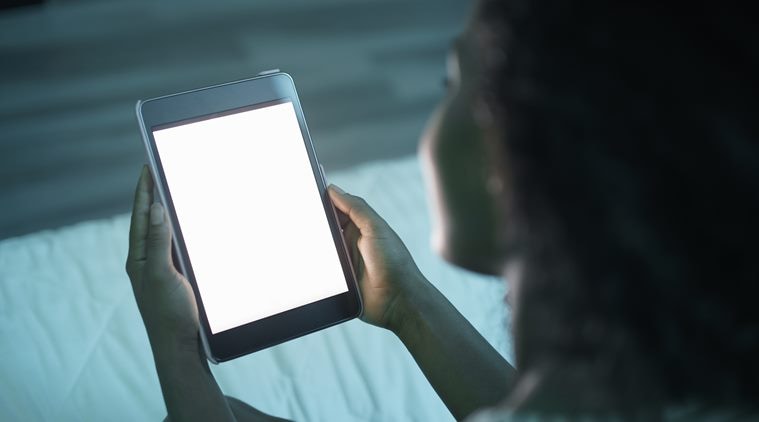
For the longest time, diet and exercise have been known to directly impact our health and overall well-being. But there’s one important factor that has not been included in the equation – light. For billions of years, life was powered by natural sunlight and moonlight, until we were able to flick a switch and flood a dark room with light. In effect, turning night into day and tampering with our internal body clock.
Blue light is a specific kind of high energy light that occurs naturally in the form of sunlight. It determines when we should be awake and when we should sleep. Blue light steps up alertness, props up mood and increases feelings of well-being during the day. But once the sun sets, it doesn’t occur in nature for a good reason.
As night creeps up, the pineal gland gets into the act, slowly releasing melatonin, a hormone that reduces alertness in order to bring in sleep. Blue light can put the brakes on this release, leaving you wrestling with sleep and feeling exhausted the next morning.
However, artificial lighting has made our evenings bright, and nights well lit. The proliferation of electronics with screens, as well as energy-efficient lighting, is increasing our exposure to blue wavelengths, especially after sunset. Artificial sources of blue light include devices such as smartphones, tablets, computers, TVs – as well as energy efficient fluorescent bulbs and LED lights.
Digital eyestrain refers to the conditions resulting from the use of electronic gadgets, and is the number one computer-related complaint. Dr Padmalochan, Sri Sri Tattva Panchakarma, Sri Sri Netra Jyoti department, The Art of Living International Center, Bengaluru shares useful tips to reduce digital eye strain and avoid overexposure to artificial blue light.
Symptoms of digital eye strain include:
● Blurry vision
● Difficulty in focusing
● Dry and irritated eyes
● Headaches
● Neck and back pain
● Retinal damage
● Glaucoma
● Age related macular degeneration and loss of vision
● Lack of deep sleep that triggers problems like fatigue and poor productivity
● Research has linked a deprived state of sleep to depression, diabetes and cardiovascular problems
● Children under 10 are more vulnerable since their eye organs are still developing, and their exposure to digital screens happens to be higher. The crystalline lens and cornea are still largely transparent and overexposed to light, so further exposure to blue light should be avoided as far as possible
Five easy tips to reduce digital eye strain:
● Keep your computer screen within 50 cm of your eye
● Keep the top of your computer screen at a 60 degree angle below eye level
● Minimise glare on the screen; adjust the contrast and brightness
● Take a break every 20 minutes or so to focus on a faraway object for about 20 seconds
● Blink frequently
Tips to avoid overexposure to artificial blue light:
● Minimise using energy efficient fluorescent bulbs and LED lights at home. Instead go for the good old filament bulbs.
● Use dim yellow lights as night lights.
● Avoid looking at bright screens beginning two to three hours before going to bed. Digital screens emit a strong blue light that play havoc with our sleep patterns and cause panda eyes.
● Log off. Cut down on screen time. Do not go online after 8 or 9 pm, do not check your emails and social media accounts. Easier said than done, but it’s time to take a stand. If you absolutely have to use your phone or computer, do not do so in the dark. Keep the lights on. This is extremely important to avoid retinal damage.
● Limit your child’s screen time. Might prove difficult at first, but this particular battle is worth winning.
Take the above precautions and keep the harmful effects of blue light at bay. Let there be plenty of light in your life – of the right kind, at the right time!